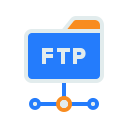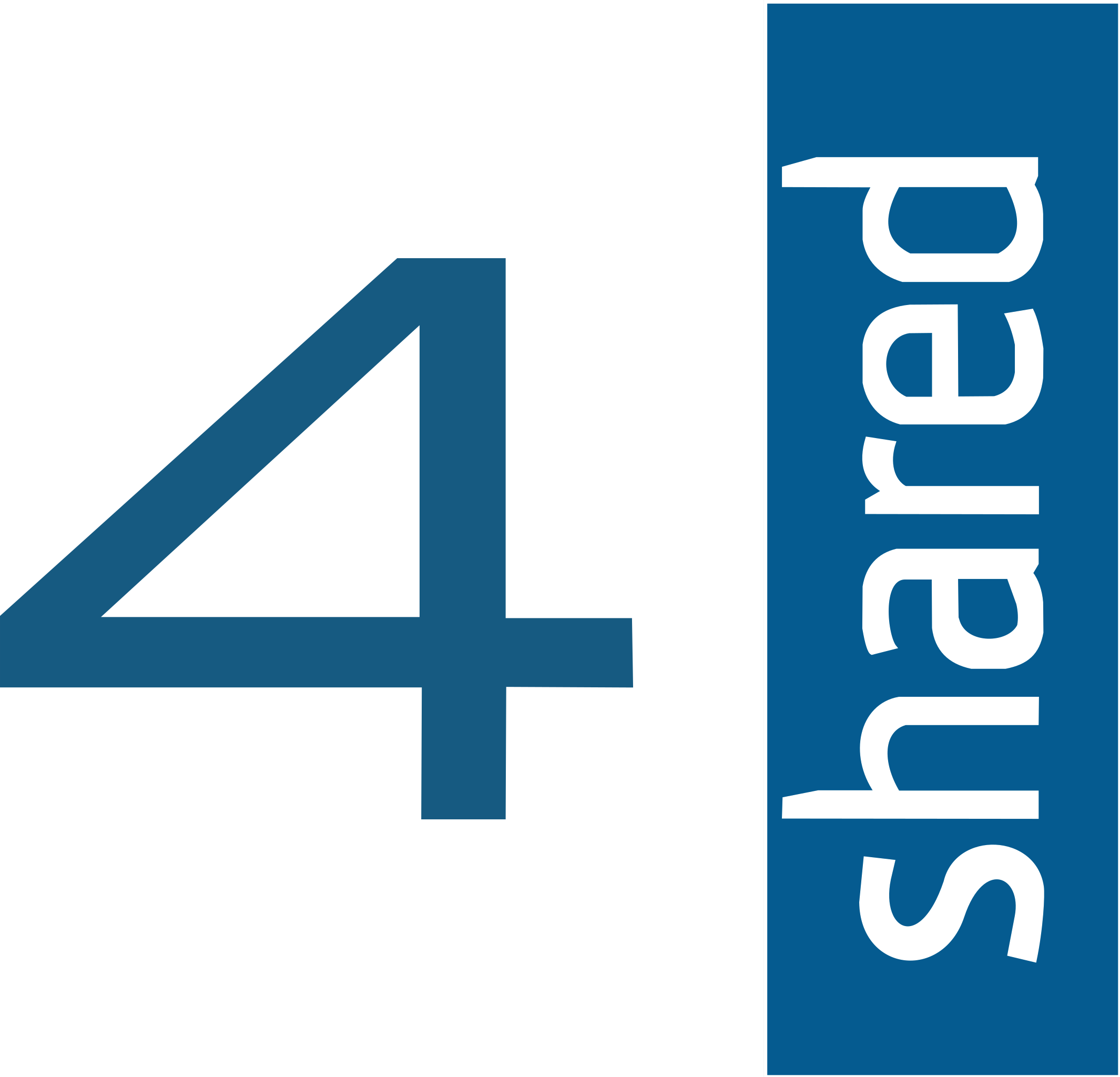Effortless Migration from pCloud to Cloudflare R2
Discover how to transfer files from pCloud to Cloudflare R2 smoothly. This guide provides practical steps to help you take advantage of Cloudflare’s powerful storage ecosystem.
Introduction
As digital storage requirements grow, many users look beyond conventional cloud services for more scalable and secure alternatives. This guide explores the shift from pCloud to Cloudflare R2 and outlines the steps to move your files efficiently while unlocking stronger performance and security.
Quick Navigation
Understanding pCloud
pCloud has gained popularity for its simple interface, lifetime payment option, and robust file-sharing capabilities. It allows quick access to files across devices and offers reliable syncing.
However, businesses and developers handling larger datasets may find Cloudflare R2 a better match due to its unlimited scalability and deeper integration possibilities.
Core Features of pCloud
- Cross-Device Sync: Keeps files aligned across computers, phones, and tablets for consistent access.
- Client-Side Encryption (pCloud Crypto): Adds an extra layer of privacy by encrypting files before they leave your device.
- Media Streaming: Allows audio and video playback directly from storage, convenient for personal use.
- File Versioning: Stores previous file versions for easy recovery when needed.
Why Users Choose pCloud
pCloud is ideal for individuals who want a one-time payment model or easy media handling. But as data grows, migrating to Cloudflare R2 can provide advanced scalability, flexible billing, and stronger developer tools.
- Affordable Long-Term Plans: Lifetime plans make it attractive for light or personal use.
- User-Friendly Sharing: Quickly share files and folders with customizable permissions.
Exploring Cloudflare R2
Cloudflare R2 stands out by eliminating egress fees and offering seamless S3-compatible storage. It’s designed for users who need scalability without unpredictable costs.
It’s equally suitable for developers building apps, teams managing collaborative projects, or businesses migrating archives to a more flexible cloud environment.
Key Features of Cloudflare R2
- No Egress Fees: Retrieve data without extra bandwidth charges—a major saving compared to most providers.
- S3 Compatibility: Integrates with existing tools and workflows that already support Amazon S3.
- Flexible Scalability: Handle projects of any size, from small archives to massive datasets.
- Enterprise-Level Security: Strong security protocols protect sensitive data from unauthorized access.
- Global Distribution: Cloudflare’s vast network ensures quick access from multiple regions worldwide.
Benefits of Choosing Cloudflare R2
- Cost Efficiency: Eliminates costly egress fees while maintaining competitive storage pricing.
- Developer Friendly: Easily integrates into applications thanks to its S3-compatible API and Cloudflare ecosystem.
- High Reliability: Built on Cloudflare’s global infrastructure for consistent uptime and performance.
Why Move from pCloud to Cloudflare R2?
Switching from pCloud to Cloudflare R2 offers an opportunity to align your storage strategy with modern scalability and security standards:
- Eliminating Egress Costs: Unlike pCloud’s bandwidth limitations, Cloudflare R2 doesn’t charge for data downloads, which can significantly reduce costs.
- Scalable Infrastructure: Handle growing datasets effortlessly without worrying about capacity ceilings.
- Advanced File Control: Enjoy improved management, automation, and integration tools.
- Flexible Access Management: Set detailed access rules, expiry dates, and permissions for secure collaboration.
Cloudflare R2 redefines what cloud storage can offer: cost transparency, powerful developer integration, and limitless growth potential. Migrating from pCloud unlocks these advantages while keeping your files safe and accessible.
Getting Ready for Your File Transfer
Preparation is essential for a smooth migration. Before starting the move from pCloud to Cloudflare R2, take these steps:
- Check Account Access: Confirm both your pCloud and Cloudflare R2 accounts are active and properly set up.
- Organize Your Data: Arrange folders in pCloud so they can be moved more systematically into R2 buckets.
- Review Storage Policies: Note Cloudflare R2’s bucket structure and permissions to align them with your needs.
By preparing accounts, organizing files, and understanding Cloudflare R2’s storage model, you ensure a smooth migration and take full advantage of R2’s capabilities.
Step-by-Step Guide: Moving Files from pCloud to Cloudflare R2
Step 1: Export Files from pCloud
Download your files via the pCloud web interface or desktop app. For larger volumes, consider splitting the export into batches for easier management.

Step 2: Sign In to Cloudflare R2
Log into your Cloudflare dashboard and access the R2 section. Enable two-factor authentication for better account protection.
Step 3: Upload Files to Cloudflare R2
Upload the exported files into your R2 bucket. Use the web console or S3-compatible tools for batch uploads.
This manual method works well for moderate datasets. For larger transfers, CloudsLinker offers direct cloud-to-cloud migration.
Using CloudsLinker for a Faster Transfer
What is CloudsLinker?
CloudsLinker is a dedicated service for cloud-to-cloud transfers, making it possible to move files from pCloud directly into Cloudflare R2 without first downloading them locally. This saves time, avoids bandwidth strain, and ensures data integrity throughout the migration.
Step 1: Connect pCloud to CloudsLinker
Log in to CloudsLinker and authorize access to your pCloud account.

Step 2: Add Cloudflare R2
In CloudsLinker, configure your Cloudflare R2 storage by entering your Account ID, Access Key, and Secret Key.

Step 3: Define Migration Task
Choose pCloud as the source and Cloudflare R2 as the destination. Select the files or folders you wish to migrate.

Step 4: Start the Transfer
Launch the migration. CloudsLinker runs the process in the cloud, so your files move even if your computer is offline.
Step 5: Confirm Results
Check your R2 bucket to verify that files are properly migrated and accessible.
Maximizing Cloudflare R2 After Migration
Organize Your Data
Set up logical bucket structures and folder hierarchies for easier navigation.
Enable Versioning
Activate version control in R2 for added resilience against accidental file overwrites.
Fine-Tune Access Controls
Adjust permissions and API tokens to fit your team’s workflow and security requirements.
FAQs: Moving from pCloud to Cloudflare R2
Do I need to download my files before transferring?
Is Cloudflare R2 more secure than pCloud?
Will this migration cost extra?
Can I automate future transfers?
What happens if my transfer fails midway?
Video Tutorial: Moving Your Files from pCloud to Cloudflare R2
Thinking about shifting your data from pCloud to Cloudflare R2? Our step-by-step video tutorial walks you through the entire process, from connecting your accounts to verifying your files after the transfer. The guide is designed to be clear and practical, so whether you’re a first-time user or already familiar with cloud storage, you’ll find the migration process simple and reliable.
Conclusion
Migrating from pCloud to Cloudflare R2 isn’t just about changing where your files are stored—it’s about adopting a more flexible, developer-friendly, and cost-efficient infrastructure. With the right preparation and tools, the transition can be straightforward and rewarding.
Online Storage Services Supported by CloudsLinker
Transfer data between over 44 cloud services with CloudsLinker
Didn' t find your cloud service? Be free to contact: [email protected]
Further Reading
Effortless FTP connect to google drive: Transfer Files in 3 Easy Ways
Learn More >
Google Photos to OneDrive: 3 Innovative Transfer Strategies
Learn More >
Google Photos to Proton Drive: 3 Effective Transfer Techniques
Learn More >











































